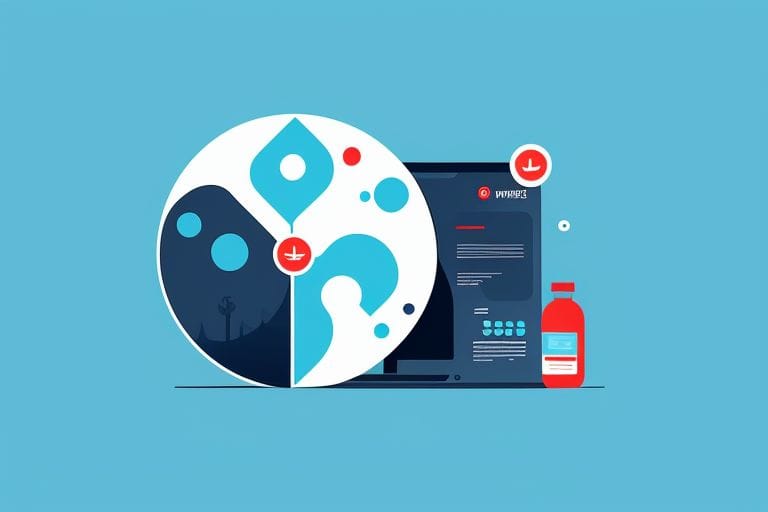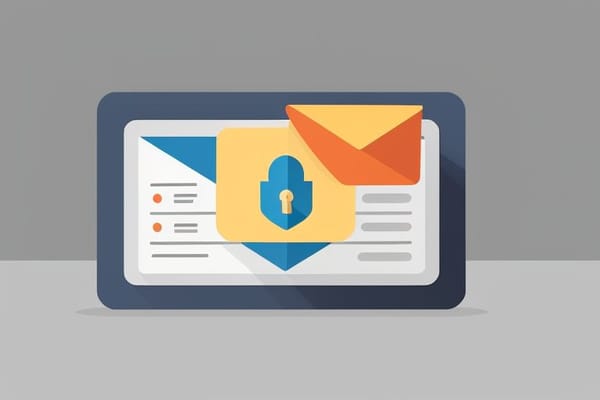DNS Cache Poisoning: Understanding its Complex Nature and Misuse
The Internet is a complex web of networks where machines communicate using their unique identifiers, known as Internet Protocol (IP) addresses.

Introduction:
The Internet is a complex web of networks where machines communicate using their unique identifiers, known as Internet Protocol (IP) addresses. However, humans interact on the web through domain names, which are far easier to remember and use. The process that translates domain names to IP addresses, and vice versa, is DNS or Domain Name System. While DNS has streamlined communication on the Internet, it has also become a favored target for cyber attackers. One such attack is DNS cache poisoning, also known as DNS spoofing. But what is DNS cache poisoning, and how can it be used? Let's delve in.
Empowering Yourself with Knowledge about DNS Cache Poisoning:
DNS cache poisoning occurs when an attacker corrupts a DNS server, a crucial component of the Internet's infrastructure, by replacing a legitimate IP address in its cache with a fake one. DNS servers are set up to improve network performance by storing previous DNS lookup information in a temporary database or 'cache '. This cache is used to speed up the resolving process when a request matches up with the data in the cache.
However, an attacker can exploit this system by 'poisoning' the cache. This involves injecting false information into the cache so that queries are directed to a different IP address, often one controlled by the attacker. The attacker achieves this by sending a large number of fake DNS responses to the target DNS server, hoping that the fake response will be accepted and stored in the cache.
Use of DNS Cache Poisoning:
Attackers use DNS cache poisoning mainly for two types of deceitful activities - phishing and installing malware.
- Phishing: DNS cache poisoning can redirect users to fake websites that look identical to legitimate ones. After the user enters their login credentials, the attacker can capture them and gain unauthorized access to their account or personal data.
- Installing Malware: Sometimes, instead of phishing sites, users may be redirected to websites that automatically download malware onto their devices. The attacker can then leverage the malware for diverse malicious intents, such as stealing sensitive data, using the infected device for launching further cyber-attacks, or blocking access until a ransom is paid (commonly known as ransomware). Other potential malicious intents include using the infected device to send spam emails or to mine cryptocurrencies.
Preventing DNS Cache Poisoning:
Understanding the potential harm DNS cache poisoning can cause becomes crucial to preventing such attacks. This can be done through the following measures:
- Use DNSSEC: The DNS Security Extensions (DNSSEC) safeguards a DNS server by verifying the authenticity of the response using encrypted keys.
- Enable Registry Lock: This service can prevent unauthorized modifications to domain registration details, reducing the risk of DNS cache poisoning.
- Regularly Clear DNS Cache: Although not a complete solution, regularly clearing the DNS cache can remove corrupt entries before they cause problems.
- Validate Responses: Use recursive DNS servers that only accept valid responses to the exact queries they've made.
Conclusion:
While DNS cache poisoning presents a significant threat in cybersecurity, knowing about it is half the battle won as it prepares you to guard against possible malicious attempts. Understanding the risks and adopting preventative methods can significantly reduce the chances of falling prey to such an attack. Stay informed, stay safe!


